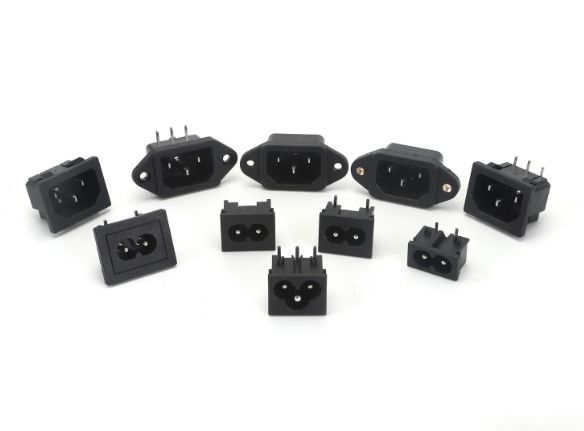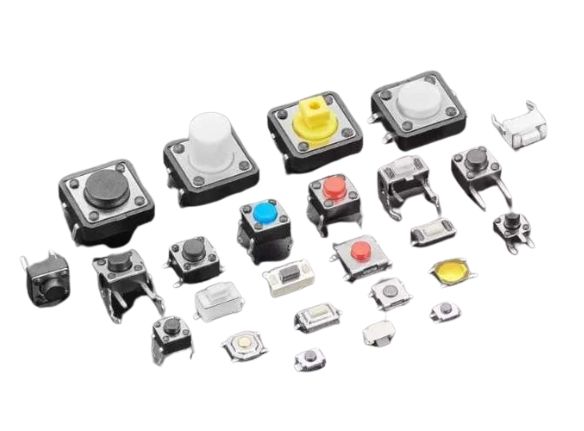How do you choose a Momentary Switch that best suits your needs?
A momentary switch is a temporary switch that only stays active while being pressed. Our switches are designed with high precision, ensuring durability and reliability. Manufactured in China, we offer competitive pricing without compromising on quality. Our products are customizable to meet specific needs, featuring various sizes, shapes, and materials. Choose us for superior performance and exceptional value.
When you order a Momentary Switch, you do need to confirm several factors

Consider color coordination, labeling needs, size, and shape for aesthetics and compatibility.

Select appropriate switch type and determine if special functions like LED indicators or reset are needed.

Ensure rated current and voltage match circuit requirements for stable operation and prevention of damage.

Ensure rated current and voltage match circuit requirements for stable operation and prevention of damage.

Specify reset method and state after reset if a reset function is required.

Choose a waterproof switch with appropriate rating based on application environment needs.

Ensure mounting hole distance and overall dimensions match equipment or panel for stability.

Provide or confirm a circuit diagram for correct connection and expected functionality.
What is a Momentary Switch?

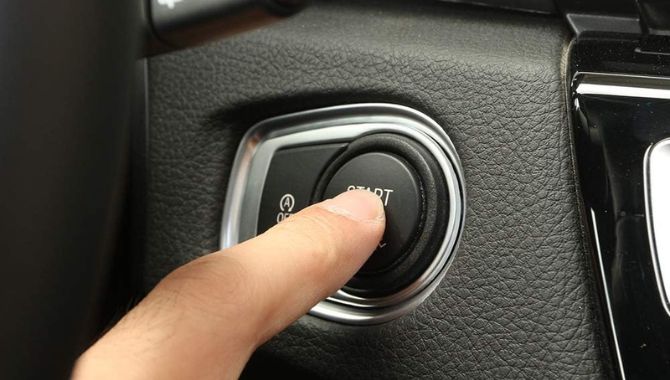
Working Principles Explained
The Science Behind Contact Materials
- Silver alloys: Provide excellent electrical conductivity and moderate corrosion resistance. They’re commonly used in general-purpose switches for their balance of performance and cost.
- Gold-plated contacts: Offer superior corrosion resistance and reliable performance in low-voltage/low-current applications. These are ideal for signal-level switching in sensitive electronic devices where reliability is paramount.
- Copper alloys: Deliver good conductivity at a lower cost, though with reduced corrosion resistance compared to silver or gold. These are often used in cost-sensitive applications.
- Carbon contacts: Provide good wear resistance and are suitable for applications with frequent switching cycles, though they typically have higher resistance than metal contacts.
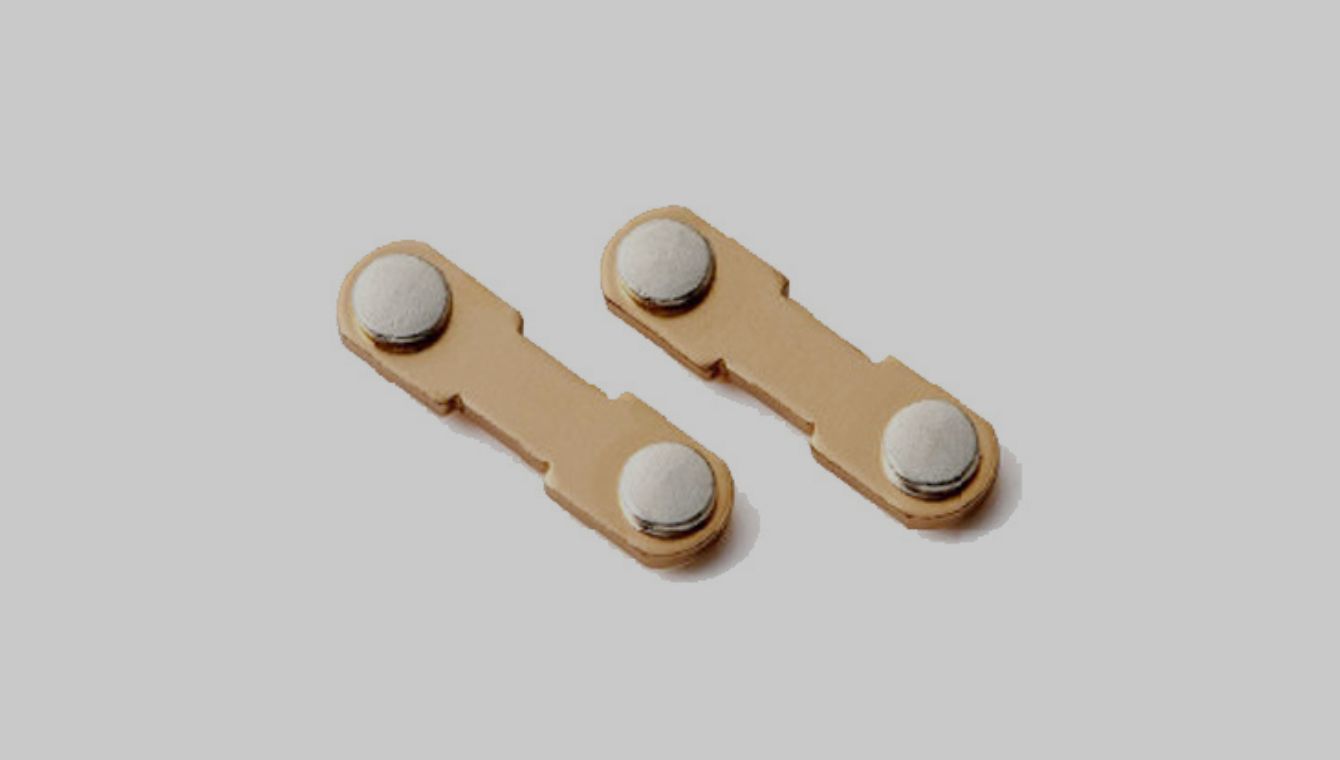

Types of Momentary switches
- Tactile push button switches: Feature a distinct tactile “click” feedback when actuated. These compact switches are commonly found in electronics, remote controls, and keypads. The tactile feedback confirms successful actuation to users without requiring visual confirmation.
- Micro switches: Characterized by their precise actuation point and high reliability. These switches can detect very small movements and are commonly used in safety interlocks, limit switches, and detection applications where precision is critical.
- Foot switches: Designed for foot operation, leaving hands free for other tasks. These robust switches find applications in medical equipment, industrial machinery, and musical instruments where hands-free operation is advantageous.
- Capacitive touch switches: Respond to the touch of a finger without physical movement. These modern switches are increasingly popular in consumer electronics and appliances for their sleek design and lack of moving parts, though they don’t provide tactile feedback.
- Illuminated push buttons: Incorporate LED or other lighting elements to indicate status or improve visibility in low-light conditions. These switches are common in control panels, gaming equipment, and automotive applications.
Classification by Electrical Configuration
- Normally Open (NO): The circuit remains open until the switch is actuated, at which point it closes to allow current flow. This is the most common configuration for momentary switches.
- Normally Closed (NC): The circuit remains closed until the switch is actuated, at which point it opens to interrupt current flow. This configuration is often used in safety and alarm systems.
- Single Pole Single Throw (SPST): Controls a single circuit with two terminals, either connecting or disconnecting them based on switch position.
- Double Pole Double Throw (DPDT): Controls two independent circuits simultaneously, with each circuit having two possible connection paths. This configuration enables complex control schemes from a single switch actuation.
- Single Pole Double Throw (SPDT): Controls a single circuit with three terminals, connecting the common terminal to either of two possible paths. This allows for switching between two different circuits.

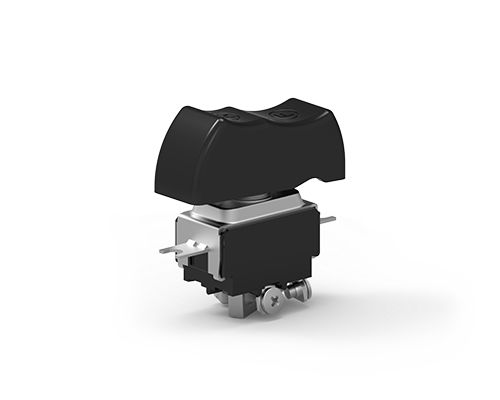
Specialized Momentary Switches
- Waterproof and IP-rated switches: Designed to withstand exposure to water, dust, and other contaminants. These switches feature sealed constructions with ratings like IP65, IP67, or IP68, indicating their level of protection against environmental ingress.
- High-temperature resistant switches: Engineered to operate reliably in extreme temperature environments, from industrial furnaces to automotive engine compartments.
- Anti-vandal switches: Feature robust metal construction resistant to damage from impact or tampering. These are commonly used in public access points, outdoor equipment, and security applications.
- Explosion-proof switches: Specially designed to prevent ignition of flammable gases or dust. These switches are essential in hazardous environments like chemical plants, oil refineries, and mining operations.
- Miniature and ultra-thin switches: Developed for space-constrained applications in modern electronics. These switches maintain functionality while minimizing footprint and profile height.
Technical Specifications That Matter
- Voltage ratings: Indicate the maximum voltage the switch can safely handle. Exceeding this rating can cause arcing, contact damage, or safety hazards. Common ratings include 12V, 24V, 120V, and 250V, with DC and AC ratings often differing for the same switch.
- Current handling capabilities: Specify the maximum current the switch contacts can carry without excessive heating or damage. Switches typically have different ratings for resistive and inductive loads, with inductive loads requiring more robust contacts due to arcing during switching.
- Power ratings: Expressed in watts or volt-amperes, indicating the maximum power the switch can control. This is particularly important for applications where both voltage and current are significant factors.
- AC vs. DC considerations: Switches often have different ratings for AC and DC operation. DC switching is generally more demanding on contacts due to the constant polarity and potential for sustained arcing, requiring more robust contact designs or higher derating factors.
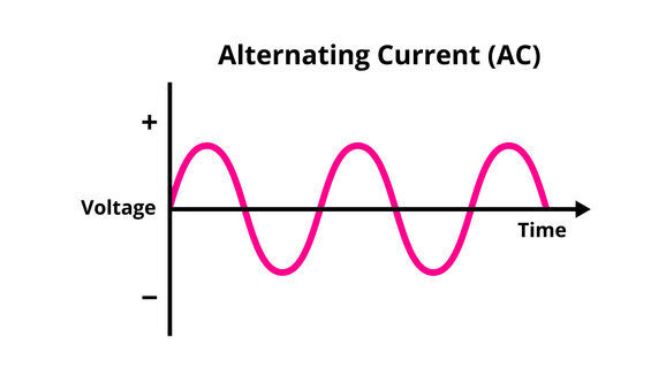
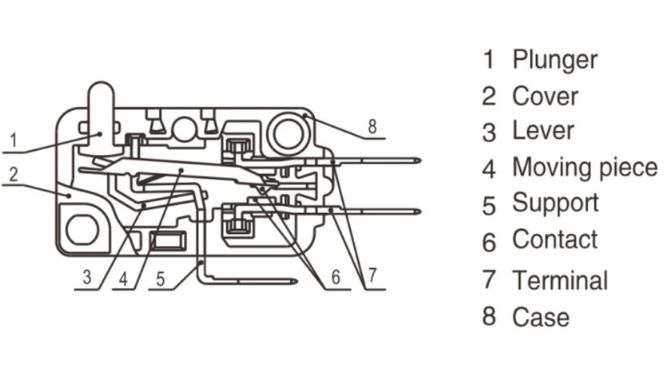
Mechanical Specifications
- Actuation force: Measured in grams or newtons, this specification indicates the force required to activate the switch. Lower actuation forces provide easier operation but may increase the risk of accidental activation, while higher forces offer more definitive actuation but may cause user fatigue during frequent use.
- Travel distance: Refers to the physical distance the actuator moves from rest position to activation point. Shorter travel distances enable faster activation but may provide less tactile feedback, while longer travel offers more definitive feedback but slower operation.
- Tactile feedback: The physical sensation provided during actuation, often characterized by a distinct “click” feeling. Good tactile feedback confirms successful actuation without requiring visual confirmation, enhancing user experience in many applications.
- Lifecycle ratings: Indicate the minimum number of actuations the switch is designed to withstand while maintaining proper functionality. Quality momentary switches can range from 50,000 cycles for basic models to over 10 million cycles for high-reliability versions.
- Mounting options: Include panel mount, PCB mount, surface mount, snap-in, and threaded bushing designs. The appropriate mounting method depends on the application’s mechanical requirements, assembly process, and maintenance considerations.
Environmental Specifications
- IP ratings system: Provides standardized protection levels against solid objects and liquids. The first digit (0-6) indicates protection against solid objects, while the second digit (0-9) indicates protection against liquids. For example, an IP67 switch is dust-tight and can withstand temporary immersion in water.
- Temperature range considerations: Define the minimum and maximum temperatures at which the switch will operate reliably. Standard commercial switches typically operate from -20°C to +70°C, while specialized versions may handle ranges from -40°C to +125°C or beyond.
- Humidity and moisture resistance: Particularly important for outdoor or high-humidity applications. Switches with sealed designs and appropriate materials prevent moisture ingress that could cause corrosion or electrical leakage.
- Dust and particle protection: Critical in industrial, outdoor, or dirty environments. Sealed switches prevent contamination that could interfere with proper contact operation or cause premature failure.
- Chemical resistance properties: Relevant in environments where exposure to oils, solvents, cleaning agents, or other chemicals is expected. Different housing materials offer varying levels of chemical resistance, from basic ABS plastic to specialized compounds for aggressive environments.


Applications of Momentary Switches Across Industries
- Keyboards and input devices: Every key on a computer keyboard is a momentary switch, providing tactile feedback while allowing rapid typing. The specific switch type affects the typing experience, with mechanical keyboard enthusiasts often preferring specific switch characteristics.
- Remote controls and entertainment systems: Buttons on remote controls use momentary switches to send brief command signals to controlled devices. These applications typically employ low-profile tactile switches designed for millions of actuations.
- Gaming controllers and interfaces: Game controllers rely on momentary switches for responsive, precise control. Different buttons may use various switch types based on their function, from soft-touch for frequent actions to more resistant switches for less frequent but critical functions.
- Small appliances and tools: Momentary switches control functions in devices ranging from blenders to power tools, often implementing safety features that require continuous pressure to operate potentially dangerous equipment.
Industrial and Manufacturing Applications
- Control panels and operator interfaces: Industrial control panels incorporate various momentary switches for machine operation, often with illuminated buttons to indicate status and enhance operator awareness.
- Emergency stop systems: The iconic red emergency stop buttons are specialized momentary switches (typically NC configuration) that immediately interrupt power when pressed. These critical safety devices feature robust construction and high visibility.
- Machine operation controls: Foot pedals and hand-operated momentary switches control machine functions, allowing operators to maintain hands-free operation or precise control of equipment functions.
- Process control systems: Momentary switches enable manual intervention in automated processes, providing operators with direct control capabilities when needed.


Automotive Applications
- Steering wheel controls: Multi-function buttons on steering wheels use momentary switches to control audio, cruise control, and information display functions without requiring drivers to remove their hands from the wheel.
- Dashboard and interior controls: From headlight switches to climate control buttons, automotive interiors feature numerous momentary switches designed for intuitive operation and long-term reliability despite temperature fluctuations and vibration.
- Door and window systems: Power window controls and door lock buttons employ momentary switches designed to withstand hundreds of thousands of actuations over the vehicle’s lifetime.
- Security and access systems: Remote key fobs use miniature momentary switches for door locking/unlocking and alarm functions, requiring reliable operation in a compact, portable package.
Medical Equipment Applications
- Patient call systems: Hospital beds and rooms feature momentary switches allowing patients to summon assistance. These systems must be extremely reliable and accessible to patients with limited mobility.
- Diagnostic equipment controls: Medical imaging and diagnostic devices use momentary switches for precise control of equipment functions, often with specialized designs for easy cleaning and sterilization.
- Surgical equipment interfaces: Operating room equipment incorporates momentary switches designed for precise control during critical procedures, often with features allowing operation while wearing surgical gloves.
- Monitoring system controls: Patient monitoring equipment uses momentary switches for configuration and alarm management, requiring high reliability and clear tactile feedback.

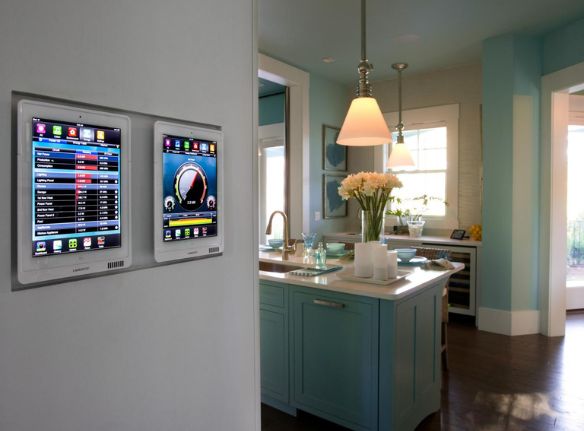
Emerging Applications in Smart Technology
- IoT device integration: Smart home devices incorporate momentary switches as manual overrides for otherwise automated systems, providing users with direct control options when needed.
- Smart home control systems: Wall-mounted control panels use momentary switches (often capacitive or touch-sensitive) to control lighting, climate, security, and entertainment systems throughout the home.
- Wearable technology interfaces: Smartwatches and fitness trackers use miniature momentary switches for user input, requiring extremely compact designs with good tactile feedback despite the small size.
- Energy management systems: Building automation and energy management systems incorporate momentary switches for manual control options, allowing users to override automated settings when needed.
Custom Solutions for Specialized Applications
- Customization options and possibilities: Switch s offer various customization options, including custom actuator shapes, special markings or colors, modified electrical characteristics, or unique mounting configurations. These modifications can address specific application requirements without the cost of completely custom designs.
- Design collaboration process: For truly unique requirements, collaborative design processes between end users and switch s develop specialized solutions. This typically involves defining specifications, creating prototypes, testing, and refining designs through multiple iterations.
- Prototype development and testing: 3D printing and rapid prototyping technologies enable quick evaluation of custom switch concepts before committing to production tooling. This reduces development time and cost while improving the final product through iterative testing.
- Scaling to production: Transitioning from prototype to production involves considerations of manufacturing processes, quality control, and cost optimization. Working with experienced switch s ensures designs are production-friendly and can be manufactured consistently at the required volume.
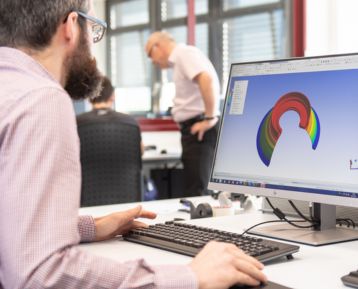
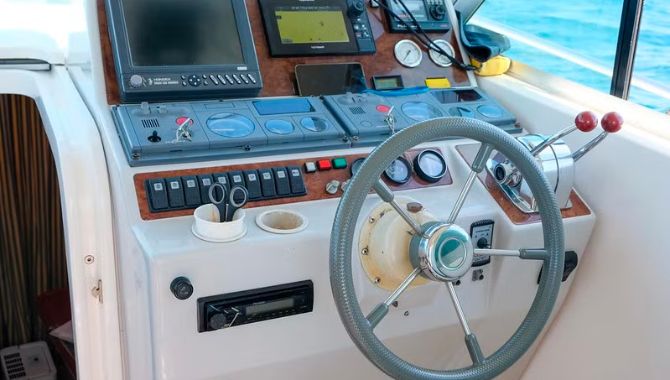
Common Applications of Momentary Switches
Doorbells: Press to ring, release to stop.
Keyboards: Each key is a momentary switch.
Industrial Machines: Used for start/stop functions.
Automotive: Horns, window controls, push-to-start buttons.
Control Panels: Reset or initiate processes.
Elevators: Floor selection buttons.
Gaming Controllers: Action buttons.
Medical Devices: Activate diagnostic tools.
Audio/Video Gear: Push-to-talk, effects pedals.
Why choose latching or momentary?
One of the most important reasons to choose a momentary switch is for operator safety. If it is unsafe to leave the equipment on, then the operator must press the switch so that the equipment is not left unattended, which is safer. Momentary switches are used for large equipment; the operator must press the switch when the door is opened or closed, and if there is an abnormality, as long as the operator’s hand leaves the switch, the equipment will automatically shut down to prevent accidents. Latching switches are used for equipment that needs to be in the on state for a long time. It would be very inconvenient if the operator had to manually apply pressure to keep the switch on. Standing in front of a light switch to keep the switch on is very inappropriate, so a latching switch is much more appropriate.
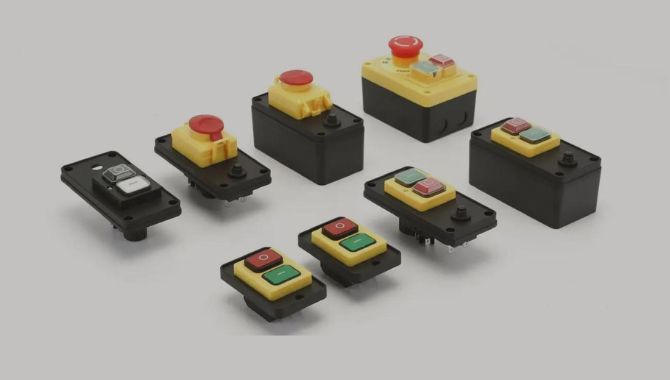
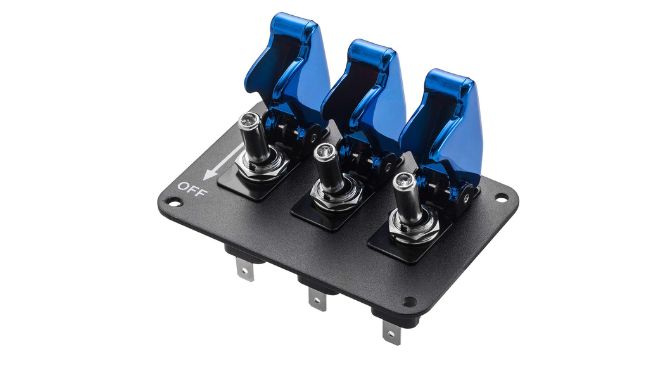
Advantages of Momentary Switch
Momentary switches are designed to operate only when pressed, making them ideal for applications requiring quick, temporary activation. Our switches boast high durability, fast response times, and reliable performance. Manufactured with precision in China, they feature robust construction, customizable designs, and comply with international safety standards. Choose us for quality you can trust.
Momentary Switch Product Types
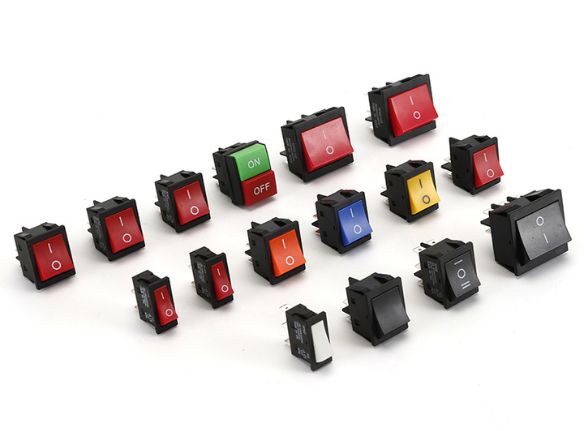
Momentary rocker switches are devices that return to their default position after being pressed. Our switches are known for their durability, precise actuation, and reliable performance. We offer a wide range of customizable options, ensuring compliance with international standards. Manufactured with high-quality materials, our switches provide excellent tactile feedback and longevity. Choose us for innovation and quality in every switch.

The Momentary Marine Rocker Switch is a durable, waterproof switch designed for marine environments. It ensures reliable performance in harsh conditions, with a sleek design and easy installation. Manufactured in China, our switches are rigorously tested for quality and longevity, offering competitive pricing and fast shipping. Trust our expertise to provide the best solutions for your marine needs. Click to learn more!
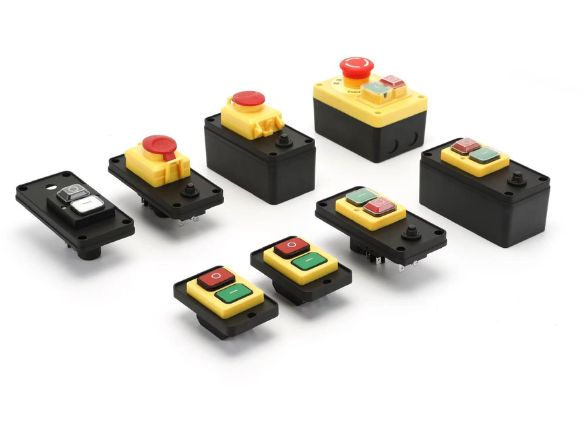
Our high-quality momentary electromagnetic switches offer reliable and precise control for various applications. Designed in China, we ensure superior durability, fast response times, and low power consumption. Our products are rigorously tested for safety and performance, providing unmatched value. Choose us for cutting-edge technology, exceptional customer service, and competitive pricing.
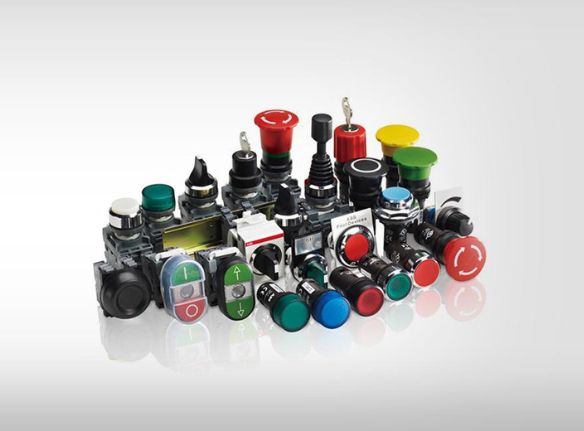
A momentary push button switch is a mechanical device used to make or break a connection in an electrical circuit when pressed. Our switches feature high durability, quick response, and robust design, ensuring reliable performance in various applications. Manufactured in China, we offer competitive pricing, customizable options, and strict quality control to meet international standards. Click to discover superior quality and innovation!
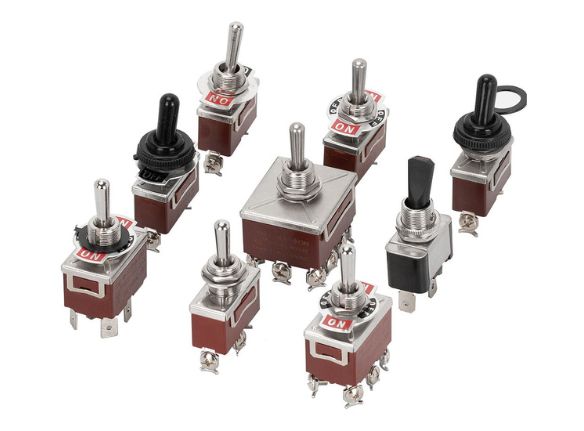
A Momentary Toggle Switch is a device that remains in an on/off state only while being pressed. Our switches are designed for durability and precision, ensuring reliable performance in various applications. Manufactured with high-quality materials, they offer excellent tactile feedback and ease of use. Choose our products for competitive pricing, quick delivery, and exceptional customer support.
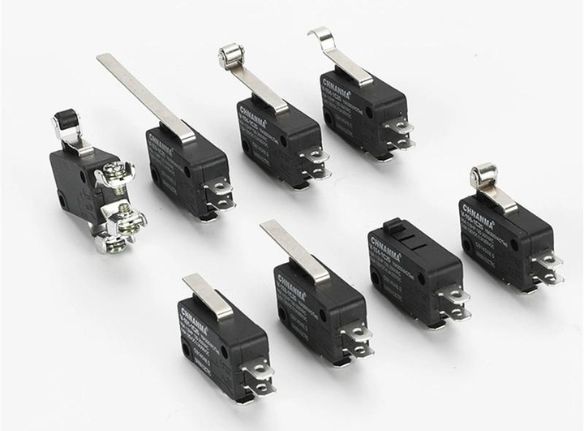
A Momentary Micro Switch is a compact, precise device that opens or closes an electrical circuit with minimal pressure. As a leading Chinese , our switches offer exceptional durability, high sensitivity, and reliable performance for diverse applications. Manufactured with top-quality materials and advanced technology, our products ensure longevity and safety. Discover quality and innovation with us!
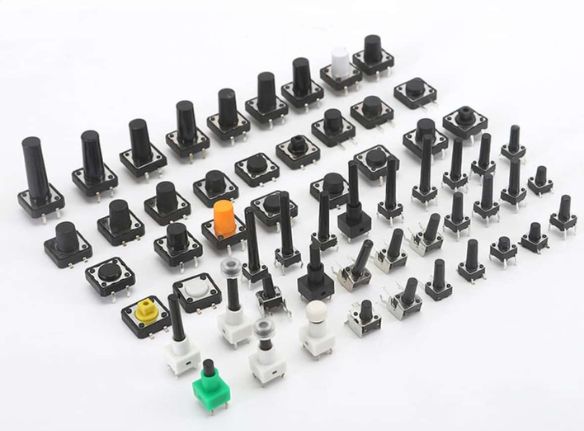
Our momentary tactile switches provide reliable, responsive input with a light touch. Ideal for various electronic applications, they offer a crisp, tactile feel and are tested for durability. As a leading Chinese , we ensure high quality, competitive pricing, and prompt delivery. Choose us for precision-engineered switches that meet your exact specifications. Click to learn more!
What Our Customers Are Saying
- real people with great projects
John D. (USA)
⭐⭐⭐⭐⭐ Excellent Quality “The push button switches from Weup are incredibly durable and reliable. They have become a staple in our production line, ensuring smooth operations.”
Emily R. (Germany)
⭐⭐⭐⭐⭐ Perfect for Our Needs “Weup’s rocker switches are top-notch. Easy to install and highly responsive. They have significantly enhanced the performance of our equipment.”
Michael S. (Japan)
⭐⭐⭐⭐⭐ Highly Recommend “I am impressed with the quality and design of Weup’s micro switches. They meet all our specifications and have been performing excellently in our devices.”
Sarah L. (Australia)
⭐⭐⭐⭐⭐ Outstanding Service “The toggle switches we ordered are exactly what we needed. Great build quality and quick delivery. Weup’s customer service is also very responsive and helpful.”
David K. (UK)
⭐⭐⭐⭐⭐ Superb Durability “Weup’s electromagnetic switches are of exceptional quality. They are robust and have withstood rigorous use in our machinery. Highly recommend for any industrial application.”
Lisa M. (Canada)
⭐⭐⭐⭐⭐ Great Performance “The touch switches from Weup are fantastic. They are sensitive and work perfectly in our new product line. Installation was a breeze, and they look sleek.”
Kevin T. (France)
⭐⭐⭐⭐⭐ Excellent Customer Support “Weup’s team is very supportive. Their metal switches are strong and durable, perfect for our heavy-duty machinery. Any issues we had were resolved promptly.”
Anna F. (Italy)
⭐⭐⭐⭐⭐ Reliable and Durable “The power tool switches we received from Weup are top quality. They have improved the efficiency and safety of our tools significantly.”
Robert H. (Netherlands)
⭐⭐⭐⭐⭐ Great Value “Weup offers great value for money. The toggle switches we ordered were exactly as described and arrived quickly. We will definitely order again.”
Jessica W. (South Korea)
⭐⭐⭐⭐⭐ Impressive Quality “We have been using Weup’s micro switches for our latest project, and they have not disappointed. The quality is consistent, and they perform excellently.”
Related Product
FAQs
Momentary Switch are commonly used in various applications, and people often have questions about them. Here are five of the most popular FAQs for Momentary Switch:
Momentary switches return to their default position when released, while latching switches maintain their position until deliberately changed again. Momentary switches are ideal for temporary actions like doorbells or keyboard keys, while latching switches suit functions that remain active for extended periods, such as light switches or power controls.
Quality momentary switches can last from 50,000 to over 10 million actuations, depending on design and construction. Factors affecting lifespan include contact material, environmental conditions, electrical load, and actuation frequency. Premium switches with gold contacts in protected environments can exceed their rated lifecycle, while switches exposed to harsh conditions or electrical overloads may fail prematurely.
Momentary switches designed with appropriate environmental protection can perform reliably outdoors. Look for switches with IP65, IP67, or IP68 ratings, which indicate protection against dust and water ingress. Additionally, consider UV resistance, temperature range, and corrosion resistance for materials exposed to outdoor conditions. Marine-grade switches offer enhanced protection against salt spray and extreme conditions.
Select normally open (NO) switches when the circuit should be inactive by default and active only during actuation. This is common for most user interface buttons, signal inputs, and activation controls. Choose normally closed (NC) switches for safety-critical applications where the circuit must remain active until deliberately interrupted, such as emergency stops, safety interlocks, or alarm circuits where a wire break should trigger the safety function.
Contact bounce occurs when switch contacts physically “bounce” during state changes, creating multiple rapid make-break cycles instead of a clean transition. This can cause multiple trigger events in digital systems. Address bounce through hardware solutions (RC filters, dedicated debounce ICs) or software techniques (delay loops, state sampling). The appropriate solution depends on system requirements, with critical or high-speed applications often requiring hardware debouncing for reliable operation.
Yes, many momentary switches incorporate LED or other illumination sources. These illuminated switches can indicate system status, improve visibility in low-light conditions, or provide user feedback. Options include constant illumination, illumination only when actuated, or separate control of the illumination circuit. LED-illuminated switches typically require additional connections for the lighting circuit, which operates independently from the switch contacts.




